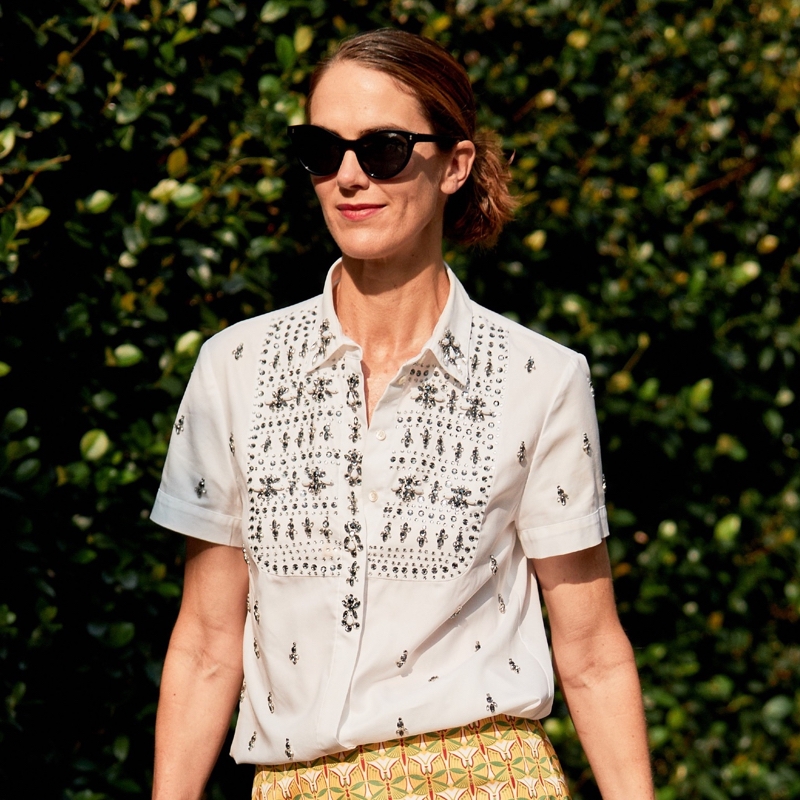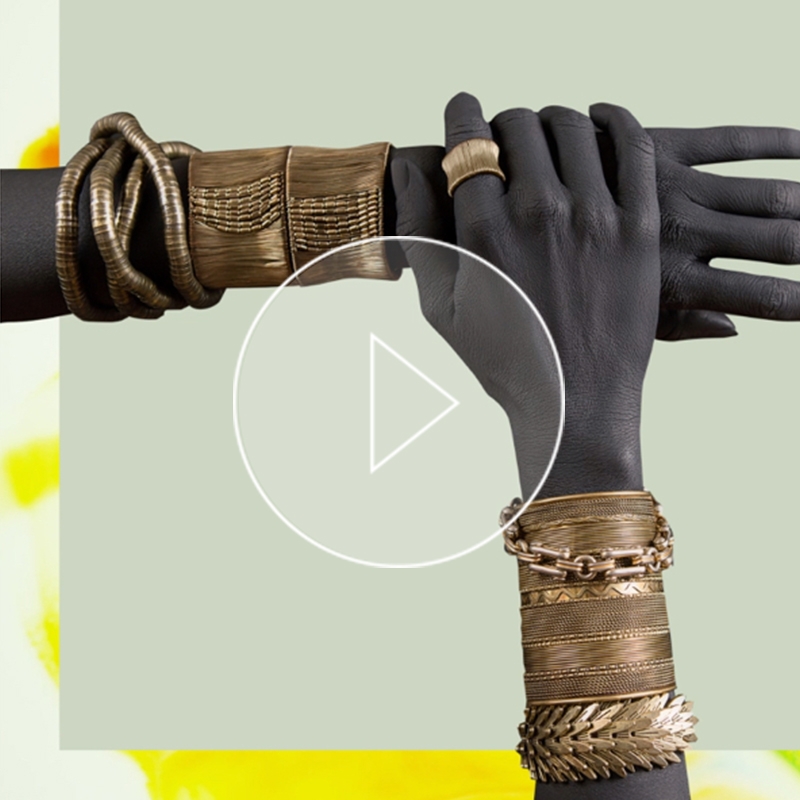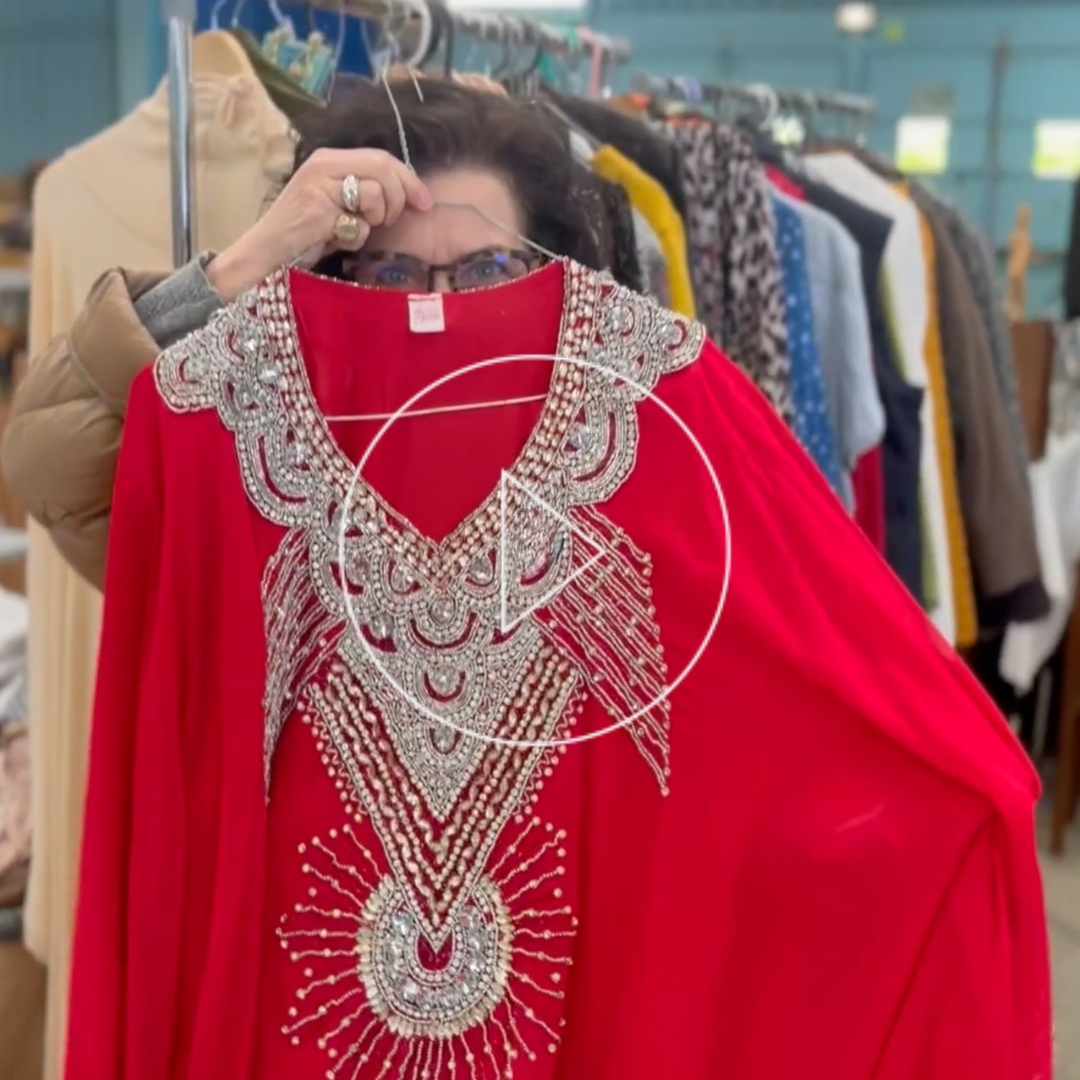Will Coronavirus change how we dress? After-COVID-19 fashion.

Coronavirus has stopped the world, and we can tell that the pandemic will change not only the way we live but also how we dress. As we continue in self-isolation, working from home, some of these subtle changes are already happening.
This is not the first time the world has been through a large-scale crisis. And at every time, fashion changed. As they say; the future is in the past. So, based on what we know from fashion history, here is how Coronavirus will change the way we dress:
Easy-to-wash

In 1918, the highly contagious flu epidemic forced people to wash their clothes more often. So, women abandoned their voluminous and delicate dresses to adopt slimmer silhouettes and resistant fabrics. Like these women, we’ll want clothes that are easy-to-wash, made in natural fabric such as cotton, linen, and washable wool and silk. Delicate fabrics that shrink and over-complicated clothes that can only be dry-cleaned won’t come near our wardrobes anymore.
No ostentation

After the Great Depression of the ’30s, when so many lost their jobs, ostentation became a No-Go for society ladies who started dressing in more discrete clothes. In the same manner, it will be of bad taste (even more than it already is, sorry Kim) to wear in-your-face luxury. With so many affected by the economic crisis, big logos from head to toe will feel almost offensive. Instead, women will go for sustainable fabrics and minimalist shapes, like a simple white T-shirt paired with relaxed-tailored trousers. By the way, we’ve already started seeing clean lines on the catwalks during Fall 2020 Fashion Week.
No throw-away trends

During WWII, women entered the workforce. Since they were now working in factories, the use of trousers became more common and more practical. Because of fabric rationing, they had to find creative ways to mend old clothes and even make new ones out of cotton flour bags. Although we don’t have fabric rationing now, women are enjoying handcrafting during the quarantine. The many fashion tutorials on Instagram are inspiring us to make our own masks, sew, knit, embroider. Once we come out of the Coronavirus crisis, we’ll continue to mend and upcycle used garments instead of replacing them with fast fashion throw-away pieces. The trend of second-hand shops will grow stronger. We’ll want long-lasting clothes. In other words, we’ll invest in timeless classics. Smaller productions, slow fashion, seasonless and handmade pieces will be the “new luxury”: conscious dressing and wearability, the mots du jour.
SHARE




















